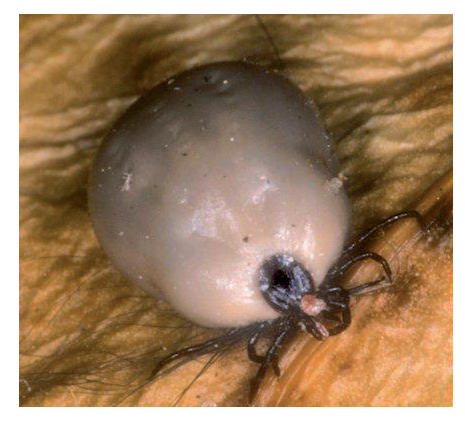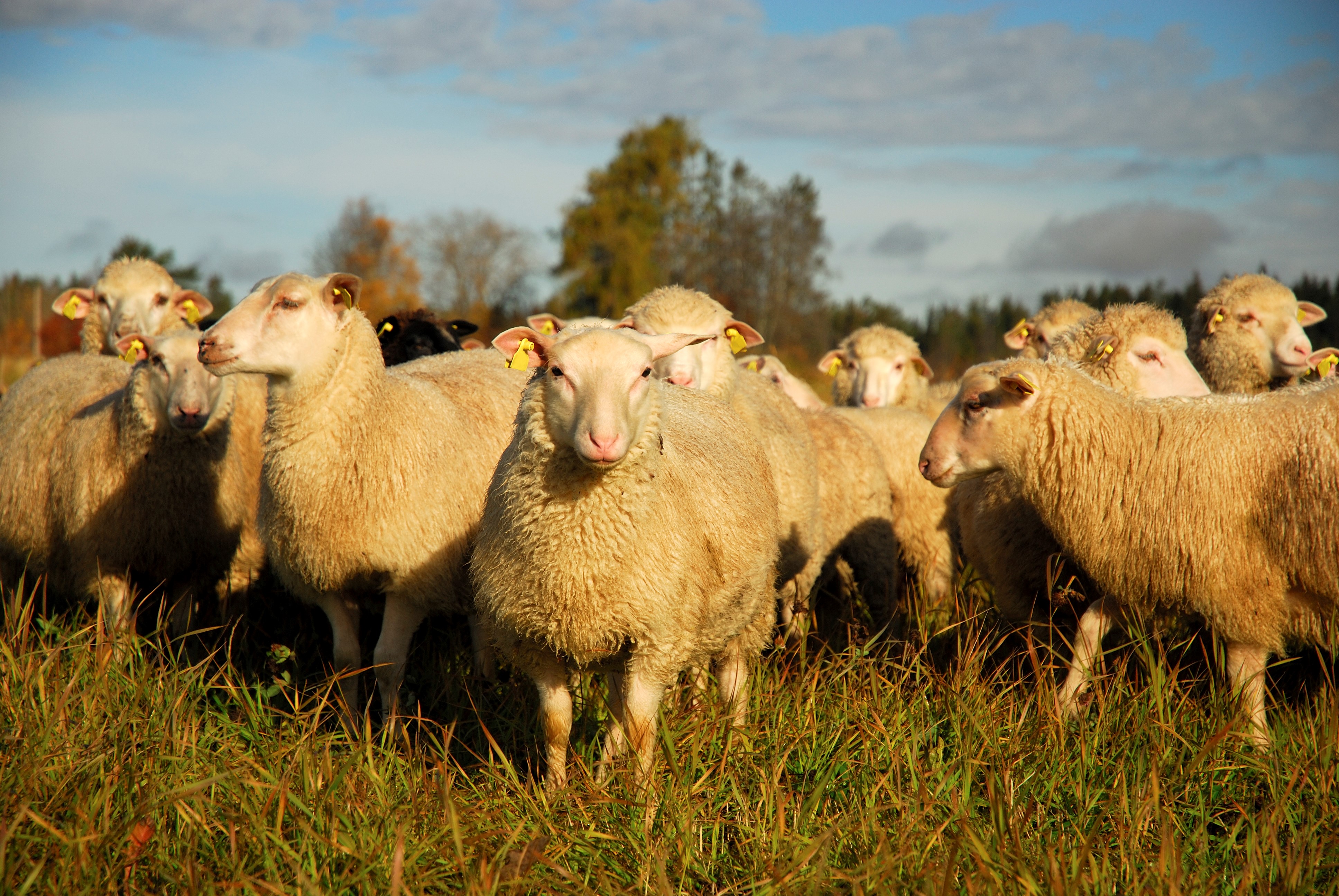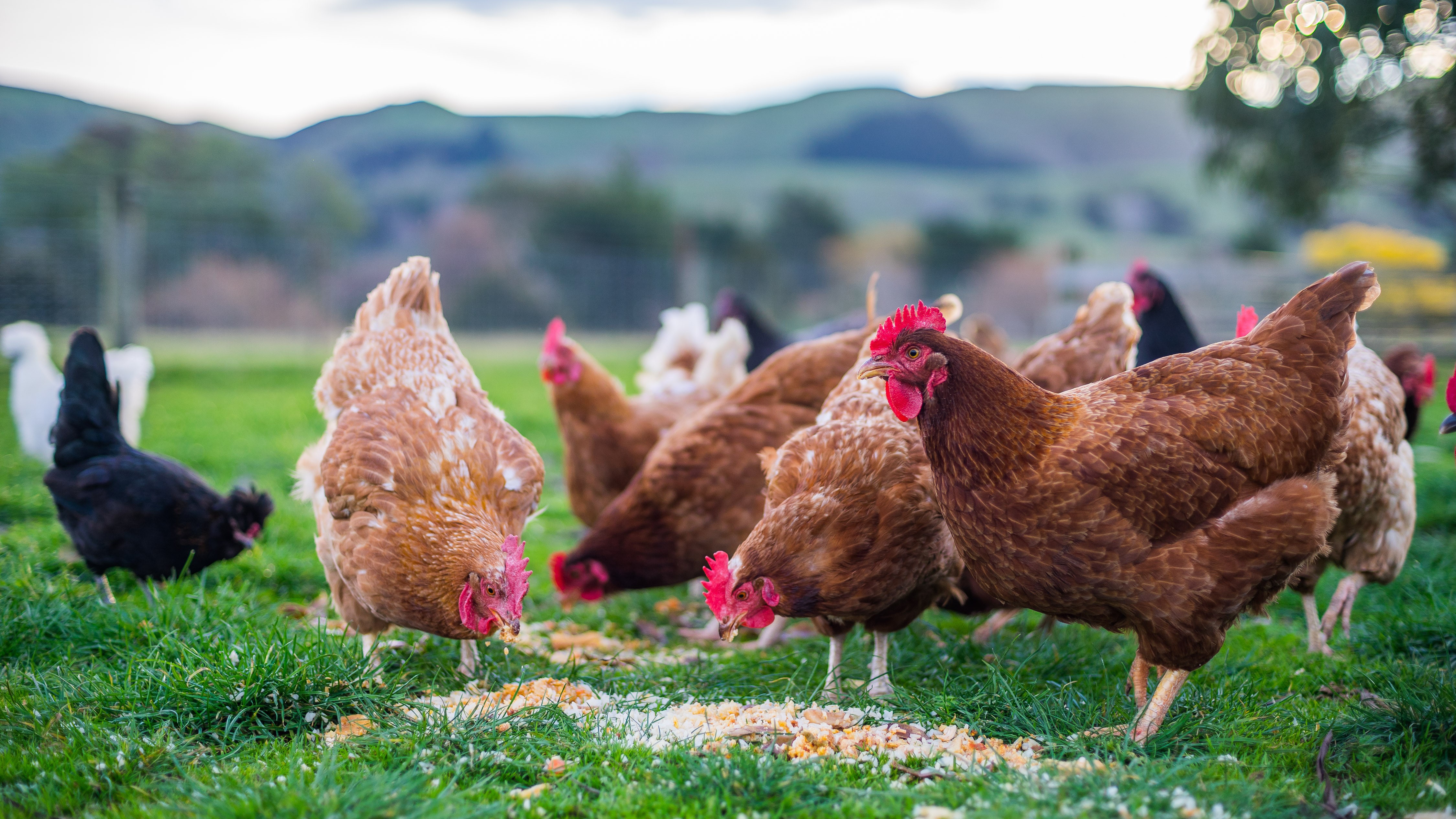Tick Borne Fever
There has been a number of diagnoses of tick borne fever (TBF) made in recent weeks by the Regional Veterinary Laboratories (RVLs) throughout Ireland. Autumn is traditionally a time when tick-borne diseases are found more frequently due to increased numbers of adult ticks having completed their life cycle throughout the summer. It is noteworthy that increased numbers of cases have been detected in areas where the disease has not been historically a problem such as the southeast. The reasons for this are poorly understood but may be related to changing environmental factors or increased disease surveillance by RVLs .
Tick-borne fever (TBF), caused by Anaplasma phagocytophilum, is a bacterial disease in cattle and sheep transmitted by Ixodes ricinus ticks. Infected ticks transmit the bacteria to ruminants when they bite and feed. Acute clinical signs include fever, lethargy, decreased appetite, and milk drop as well as sporadic abortions. In many cases clinical signs are not observed and the animal recovers uneventfully in some cases compromising the immune system by suppressing white blood cell numbers, making animals susceptible to severe secondary infections including pneumonia and septicaemia, or other tick borne diseases like louping ill in sheep. The exposure to large number of infected ticks of previously unexposed (young animals or “bought in” animals) is likely to result in the worst outbreaks.
Ticks thrive in areas with high moisture and humidity such as dense vegetation, rough grazing, overgrown pasture and the edges of woodlands. The southeast of Ireland with the exception of isolated upland areas has not traditionally been associated with tick-borne diseases, . Even in parts of the country traditionally associated with ticks and tick-borne diseases, there are usually specific areas or fields within farms where ticks thrive best; therefore, local knowledge can be critical to controlling and managing the disease. Animals can develop natural immunity to TBF by early and repeated exposure to the organism early in life. Immunity can be strain-specific, and it is thought that immunity can wane if animals are removed from tick-infested areas.
Ticks are traditionally thought to be most active in Ireland between about April and October but this is very dependent on the climatic conditions being correct to provide them with the mild and wet conditions in which they thrive. In particular, in recent years tick activity has been noted associated with disease outbreaks through the winter months.
If you are concerned about TBF in your herd or flock please talk to your local private veterinary practitioner about appropriate testing for these diseases and control methods to manage the disease going forward.

Ixodes ricinus - picture with thanks to Animal Health Ireland






